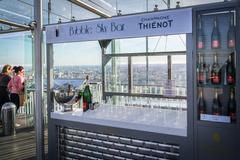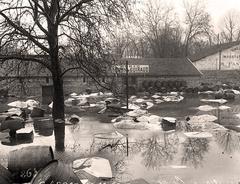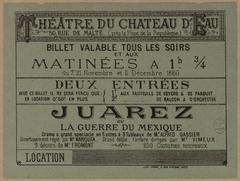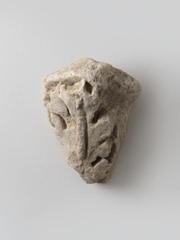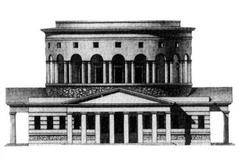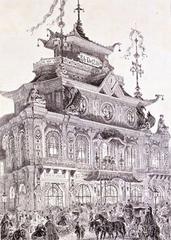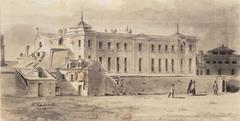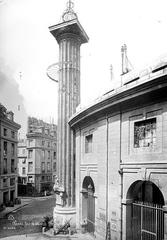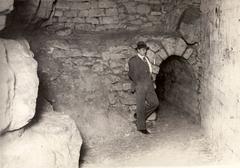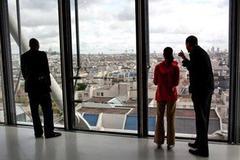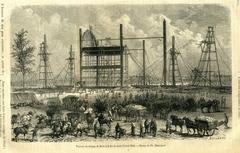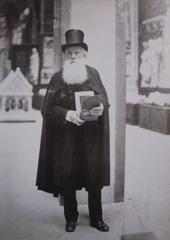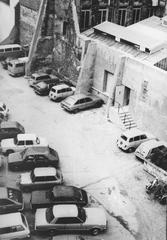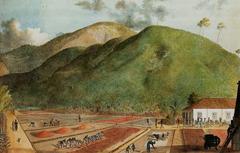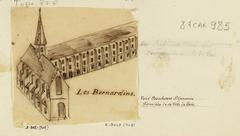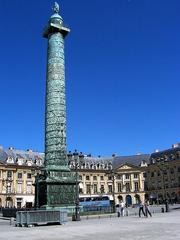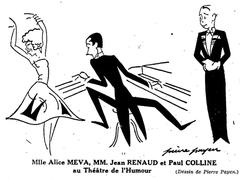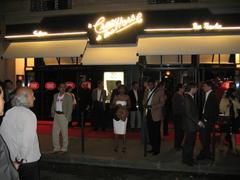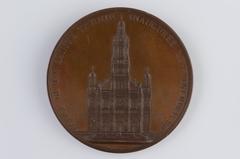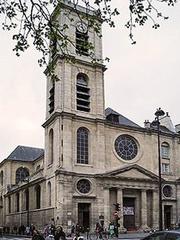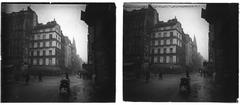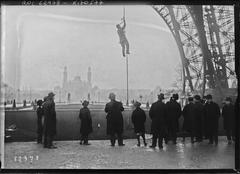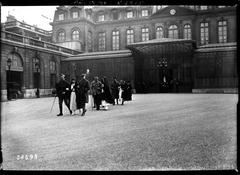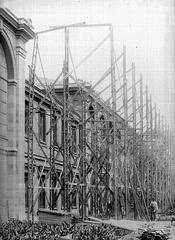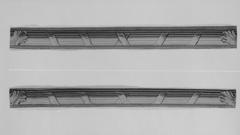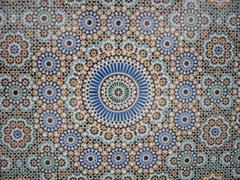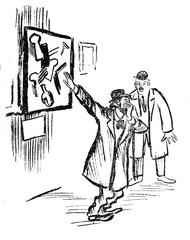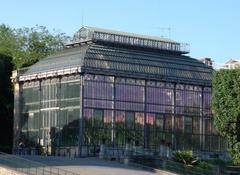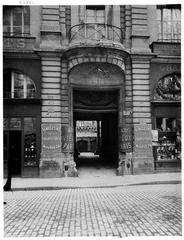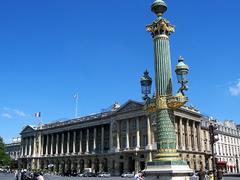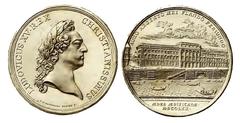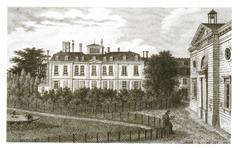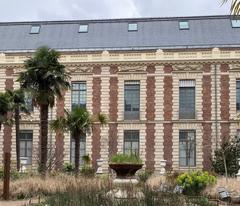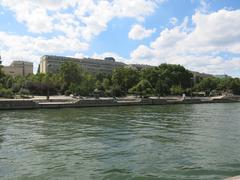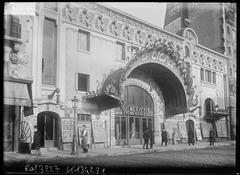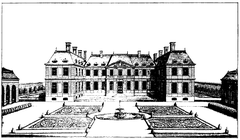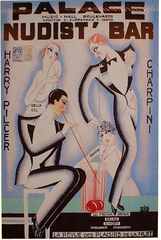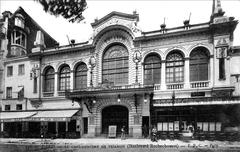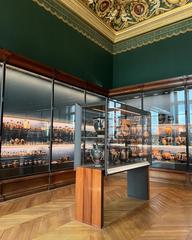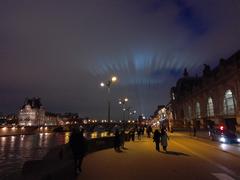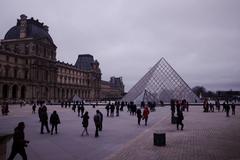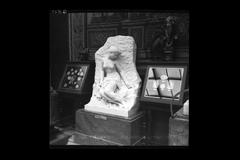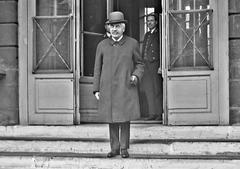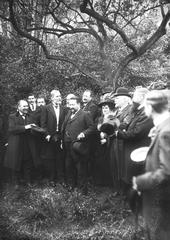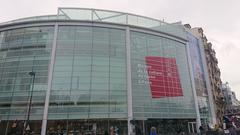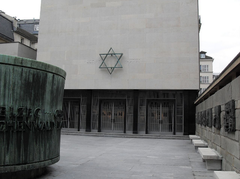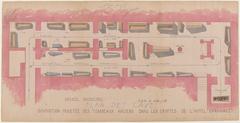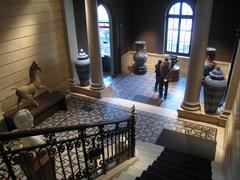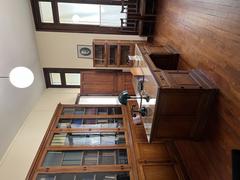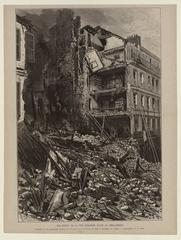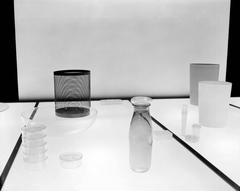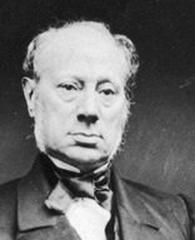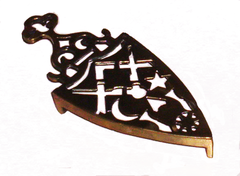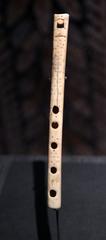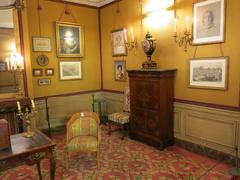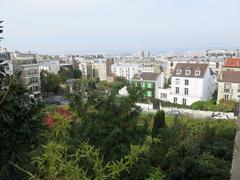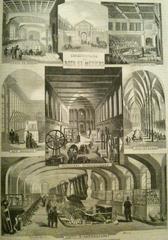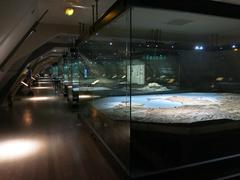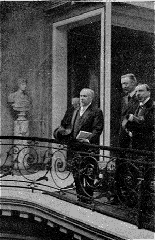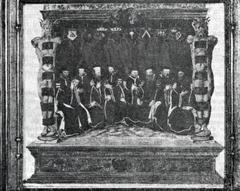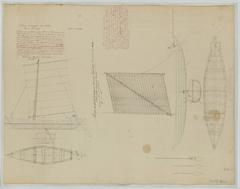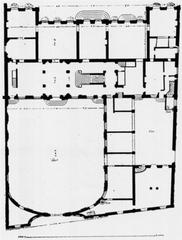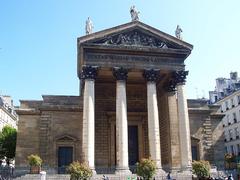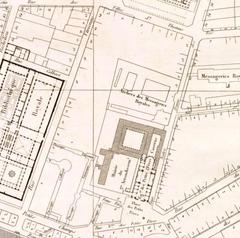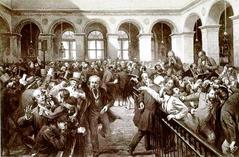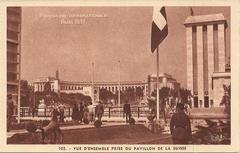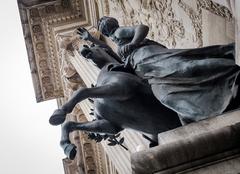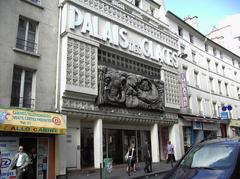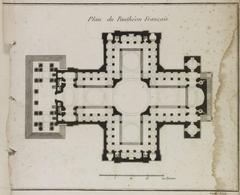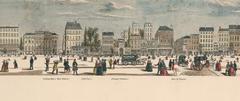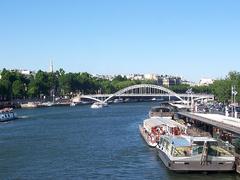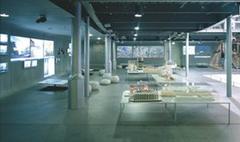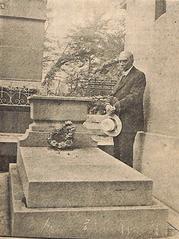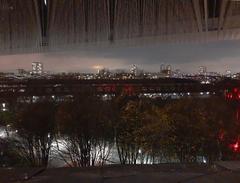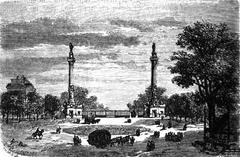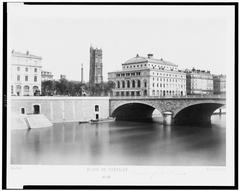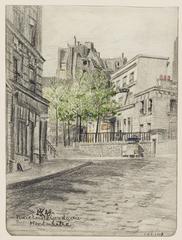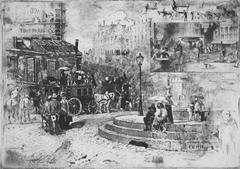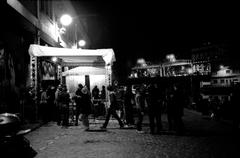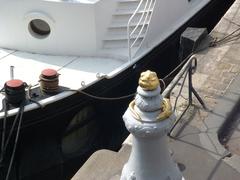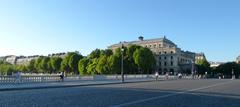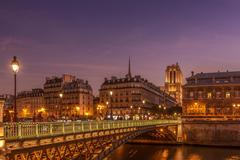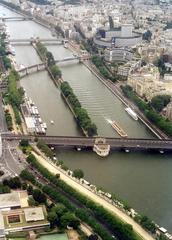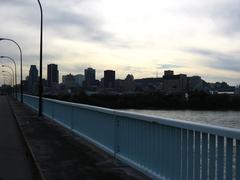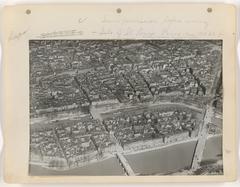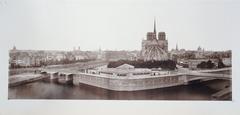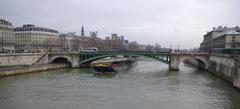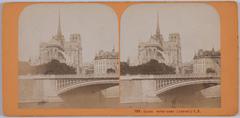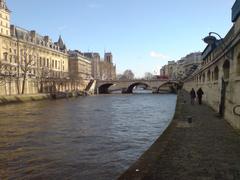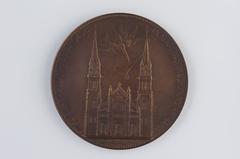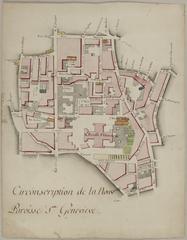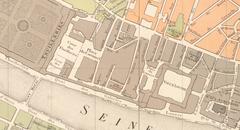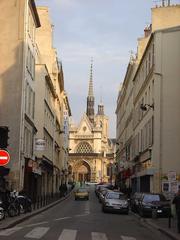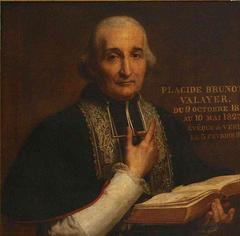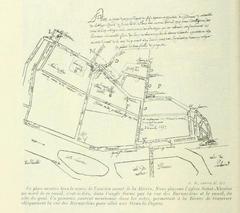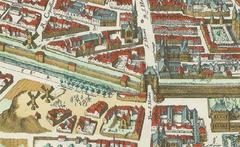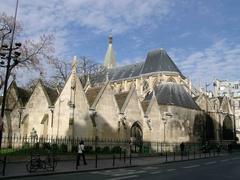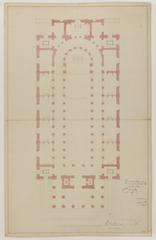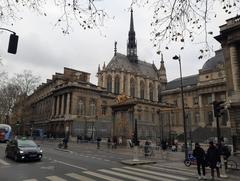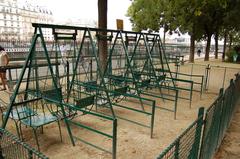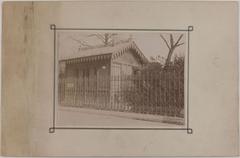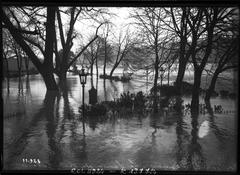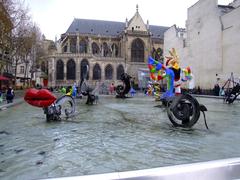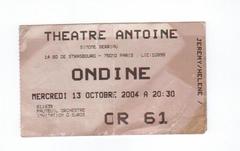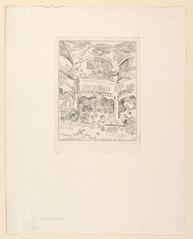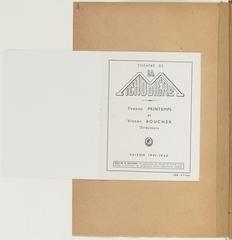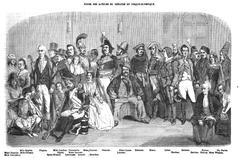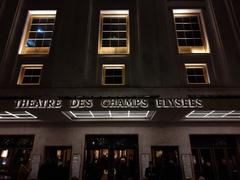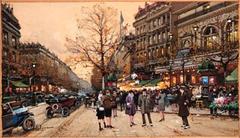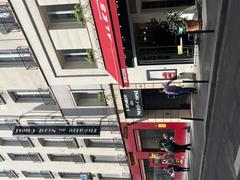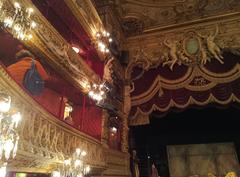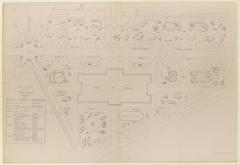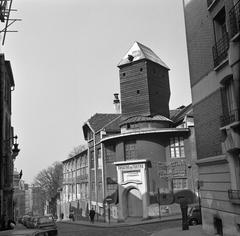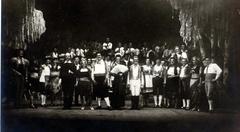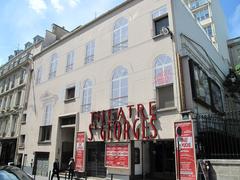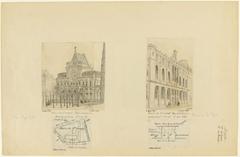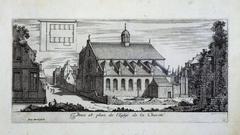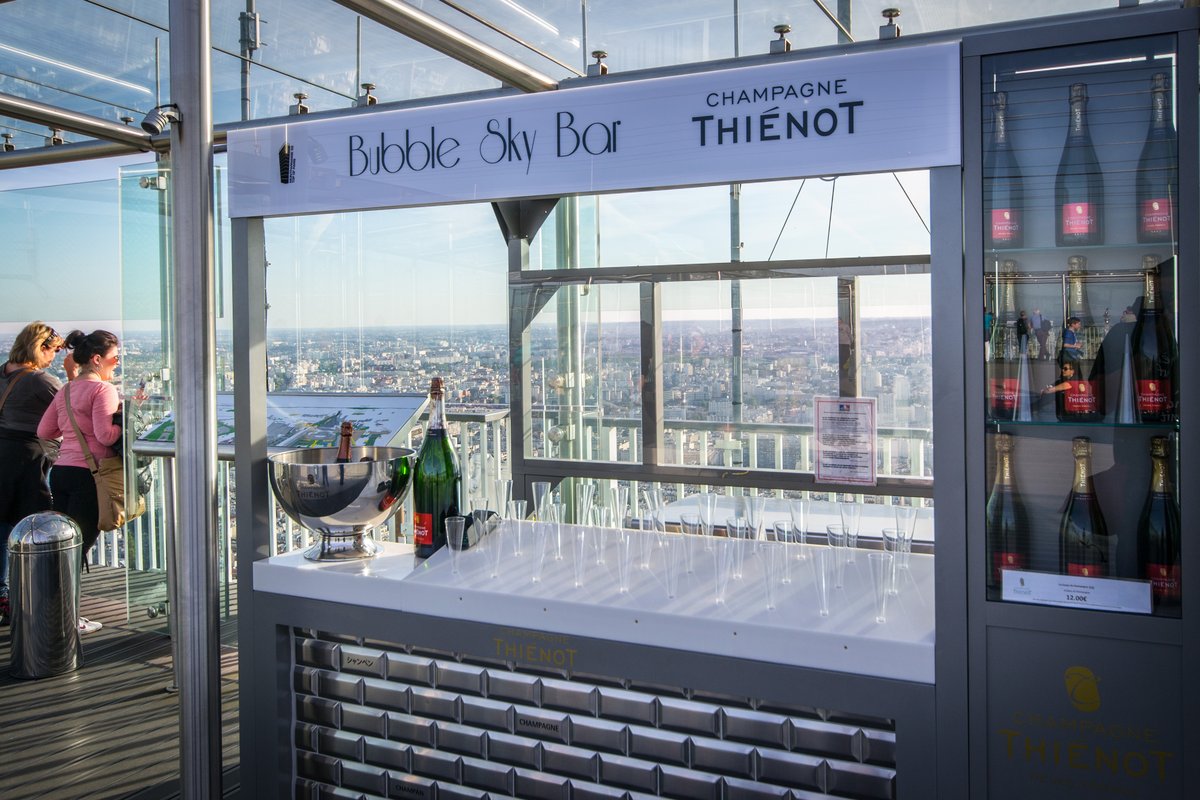
Visiting Montparnasse Tower, Paris: Hours, Tickets, Tips, and More
Published Date: 16/08/2024
Why Visit Montparnasse Tower
The Montparnasse Tower, officially known as Tour Maine-Montparnasse, stands as a striking testament to modern architectural ambition amidst the classic beauty of Paris, France. This guide aims to provide an exhaustive overview of this iconic skyscraper, delving into its historical origins, architectural significance, and practical visitor information to aid those planning a visit. The Montparnasse neighborhood, named after the mythological Mount Parnassus, has long been a hub for artists and writers, contributing to the rich cultural tapestry of Paris (source). The decision to construct the Montparnasse Tower in the mid-20th century was part of a broader urban renewal project initiated by the French rail company, SNCF, necessitating the modernization of the Gare Montparnasse train station (source). Despite facing significant criticism for its height and modernist design, the project moved forward, culminating in the tower’s completion in 1973 (source). Today, the Montparnasse Tower not only offers unparalleled panoramic views of Paris but also stands as a symbol of the city’s evolution and resilience.
Contents Overview
- Discover the Fascinating History and Visitor Guide to Montparnasse Tower, Paris
- Origins and Early Development
- The Need for Modernization
- Design and Construction
- Construction Challenges
- Inauguration and Initial Reception
- Controversy and Impact on Urban Planning
- Modernization and Renovation
- Cultural Significance
- Visitor Information
- Ticket Prices
- Opening Hours
- Travel Tips
- Visitor Experience
- FAQ
Discover the Fascinating History and Visitor Guide to Montparnasse Tower, Paris
Origins and Early Development
The Montparnasse Tower, officially known as Tour Maine-Montparnasse, stands as a significant landmark in Paris, France. The history of this iconic skyscraper dates back to the early 20th century. The Montparnasse neighborhood, named after a rural hill called Mount Parnassus, was a vibrant area known for its cabarets, theaters, and artistic clientele. By the 18th century, it had become a hub for artists and writers, including famous expatriates like Ernest Hemingway and Oscar Wilde (source).
The Need for Modernization
The story of the Montparnasse Tower began in 1934 when the French rail company, SNCF, decided that the Gare Montparnasse train station no longer met its needs. This decision initiated a large-scale urban renewal project, which included moving the train station and utilizing the newly freed land for new purposes (source). The first studies for the Montparnasse Tower were conducted in 1959, and the project faced significant criticism and roadblocks due to its proposed height and impact on the Paris skyline (source).
Design and Construction
The winning design for the Montparnasse Tower was created between June 1966 and spring 1969 by a team of architects: Eugène Beaudouin, Urbain Cassan, Louis de Hoÿm de Marien, with assistance from Jean Saubot (source). French President Georges Pompidou, who was keen on modernizing the capital’s infrastructure, approved the construction plans in 1969. The project officially began in April 1970 with the laying of the first stone (source).
Construction Challenges
The construction of the Montparnasse Tower was a monumental task that took nearly four years to complete. One of the significant challenges was the need to build the tower directly above the Montparnasse–Bienvenüe Paris Métro station. To protect the metro structures, a reinforced concrete shell was constructed, and long horizontal beams were installed to free up space in the basement for train tracks (source). The foundations of the tower consist of 56 reinforced concrete pillars sinking 70 meters (230 feet) underground (source).
Inauguration and Initial Reception
The Montparnasse Tower was inaugurated on June 18, 1973, marking the completion of Paris’s only skyscraper at the time (source). Standing at 210 meters (689 feet) with 59 floors, it was the tallest skyscraper in France until 2011 when it was surpassed by the Tour First in La Défense (source). Despite its modern design, the tower was met with widespread disdain from locals who felt it clashed with the city’s historic architecture. The longstanding joke was that the tower offered the best view in Paris because it was the only place from which you couldn’t see it (source).
Controversy and Impact on Urban Planning
The construction of the Montparnasse Tower sparked significant controversy and led to changes in urban planning regulations in Paris. Just four years after its completion, the city banned the construction of buildings over seven stories tall in the city center, pushing high-rise developments to the outskirts (source). This decision was a direct response to the public outcry over the tower’s impact on the Paris skyline.
Modernization and Renovation
In recent years, efforts have been made to modernize the Montparnasse Tower. On September 21, 2017, Nouvelle AOM won a competition to redesign the building’s façade (source). The renovation aims to update the tower’s appearance and improve its energy efficiency while maintaining its status as a prominent feature of the Paris skyline.
Cultural Significance
Despite its controversial beginnings, the Montparnasse Tower has become an integral part of Paris’s cultural and architectural landscape. The tower’s 56th-floor observation deck and 59th-floor rooftop terrace offer some of the best panoramic views of the city, including iconic landmarks such as the Eiffel Tower, Notre Dame, and the Louvre (source). The tower also houses the famous Le Ciel de Paris restaurant, providing a unique dining experience with stunning views of the city (source).
Visitor Information
Ticket Prices
Tickets for the Montparnasse Tower observation deck can be purchased online or on-site. Prices vary depending on age and group size, with discounts available for children, students, and seniors. For up-to-date ticket prices, visit the official Montparnasse Tower website.
Opening Hours
The Montparnasse Tower is open daily, with visiting hours typically from 9:30 AM to 10:30 PM. Hours may vary during special events or holidays, so it is recommended to check the official website before planning your visit.
Travel Tips
- Best Time to Visit: To avoid crowds, visit early in the morning or later in the evening. Sunset is a popular time for breathtaking views.
- Getting There: The tower is easily accessible by metro, with the Montparnasse–Bienvenüe station located directly beneath it. Several bus routes also serve the area.
- Nearby Attractions: Combine your visit with nearby attractions like the Luxembourg Gardens, the Catacombs of Paris, and the Musée Bourdelle.
- Accessibility: The Montparnasse Tower is wheelchair accessible, with elevators and ramps available for visitors with mobility needs.
Visitor Experience
Today, the Montparnasse Tower attracts approximately 1.2 million visitors annually. The tower’s observation decks are accessible via an elevator that takes just 38 seconds to reach the 56th floor, making it one of the fastest in Europe (source). Visitors can enjoy a 360-degree view of Paris, and the rooftop terrace often hosts special events, including ice-skating in the winter (source).
FAQ
What are the Montparnasse Tower visiting hours?
The Montparnasse Tower is open daily from 9:30 AM to 10:30 PM, but hours may vary during special events or holidays.
How much are Montparnasse Tower tickets?
Ticket prices vary depending on age and group size, with discounts available for children, students, and seniors. Check the official website for the most up-to-date prices.
Is the Montparnasse Tower wheelchair accessible?
Yes, the Montparnasse Tower is wheelchair accessible, with elevators and ramps available for visitors with mobility needs.
Conclusion
The Montparnasse Tower’s history is a testament to the evolving architectural and cultural landscape of Paris. From its controversial inception to its current status as a major tourist attraction, the tower embodies the city’s blend of tradition and modernity. Despite its initial reception, the Montparnasse Tower continues to offer unparalleled views and experiences, making it a must-visit destination for anyone exploring the City of Light.
Call to Action
Plan your visit to the Montparnasse Tower today! For more information on tickets, visiting hours, and special events, visit the official Montparnasse Tower website. Don’t forget to follow us on social media for the latest updates and travel tips.
Summary and Final Thoughts
The Montparnasse Tower encapsulates the dynamic interplay between tradition and modernity that defines Paris. From its controversial inception to its current status as a major tourist attraction, the tower has continually sparked debates about urban development and architectural heritage. Its observation decks offer some of the most breathtaking views of Paris, making it a must-visit destination for anyone exploring the City of Light. Despite its initial reception, efforts to modernize and renovate the tower have ensured its place in the cultural and architectural landscape of Paris. Whether viewed as an architectural monstrosity or a modern marvel, the Montparnasse Tower remains a testament to Paris’s evolving skyline and enduring spirit (source, source, source). Plan your visit to this iconic landmark to experience firsthand the sweeping views and rich history that it has to offer.
